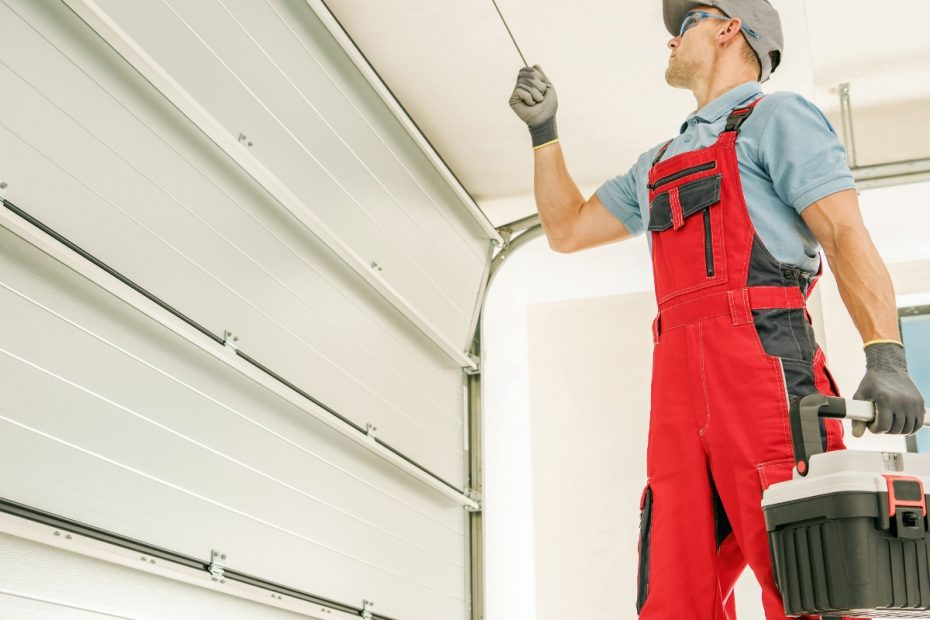Introduction
In the realm of commercial construction and renovation, the choice of doors plays a pivotal role in ensuring security, durability, and compliance with safety standards. Hollow metal doors have emerged as a preferred choice for many businesses due to their robustness and versatility. This comprehensive guide delves into the intricacies of hollow metal door installation, highlighting its benefits, types, installation process, and maintenance tips.
What Are Hollow Metal Doors?
Hollow metal doors are constructed using steel or stainless steel sheets, forming a hollow shell that is often filled with core materials like honeycomb, steel stiffeners, or mineral cores. This design offers a balance of strength, durability, and fire resistance, making them ideal for commercial applications.
Benefits of Hollow Metal Doors
1. Enhanced Security
The sturdy construction of hollow metal doors provides a formidable barrier against unauthorized access, making them suitable for high-security areas such as banks, government buildings, and data centers. (usafiredoor.com)
2. Fire Resistance
Many hollow metal doors are fire-rated, capable of withstanding high temperatures for specified durations, thereby containing fire and smoke and providing critical time for evacuation. (usafiredoor.com)
3. Durability
Resistant to warping, cracking, and corrosion, hollow metal doors are designed to withstand the rigors of high-traffic environments, ensuring longevity and reduced maintenance costs.
4. Energy Efficiency
When equipped with insulated cores, these doors help regulate indoor temperatures, reducing energy consumption and contributing to a building’s overall energy efficiency. (commercialdoorsonline.com)
5. Versatility
Available in various sizes, finishes, and configurations, hollow metal doors can be customized to meet specific aesthetic and functional requirements. (usafiredoor.com)
Types of Hollow Metal Doors
Understanding the different types of hollow metal doors is crucial for selecting the right fit for your commercial space.
1. Honeycomb Core Doors
Featuring a cardboard honeycomb structure, these doors are lightweight yet strong, offering basic insulation and sound attenuation.
2. Steel-Stiffened Core Doors
Reinforced with vertical steel reinforcements, these doors provide enhanced strength and are suitable for high-security applications.
3. Mineral Core Doors
Filled with mineral-based materials, these doors offer superior fire resistance, making them ideal for areas requiring stringent fire safety compliance.
4. Polystyrene Core Doors
These doors have a solid polystyrene core, providing good thermal insulation and structural integrity.
5. Polyurethane Core Doors
Known for excellent thermal performance, these doors are suitable for environments where temperature control is essential.
Hollow Metal Door Installation Process
Proper installation is paramount to ensure the functionality and longevity of hollow metal doors. Here’s a step-by-step overview:
1. Site Preparation
- Measurement Verification: Ensure that the door frame and opening dimensions align with the door specifications.
- Surface Inspection: Check for any irregularities or obstructions in the wall or floor that might impede installation.
2. Frame Installation
- Positioning: Place the frame in the opening, ensuring it’s plumb, level, and square.
- Anchoring: Secure the frame to the surrounding structure using appropriate anchors, ensuring stability.
- Shimming: Use shims to adjust the frame alignment as needed.
3. Door Hanging
- Hinge Attachment: Install hinges on the door and align them with the frame’s hinge preparations.
- Door Mounting: Hang the door on the frame, ensuring smooth operation and proper clearances.
4. Hardware Installation
- Locksets and Handles: Install the chosen locking mechanisms and handles, ensuring they function correctly.
- Closers and Stops: Attach door closers and stops as required, adjusting for optimal performance.
5. Final Inspection
- Operational Check: Open and close the door multiple times to ensure smooth operation.
- Seal Verification: Ensure that weatherstripping and seals are properly installed to prevent air and water infiltration.
Maintenance Tips for Hollow Metal Doors
Regular maintenance extends the lifespan of hollow metal doors and ensures continued performance.
- Routine Cleaning: Wipe down the door surfaces with mild detergent to remove dirt and grime.
- Lubrication: Apply lubricant to hinges and moving parts to prevent squeaking and ensure smooth operation.
- Inspection: Periodically check for signs of wear, corrosion, or damage, addressing issues promptly.
- Seal Replacement: Replace worn or damaged weatherstripping to maintain energy efficiency and prevent drafts.(Continental Door)
Compliance and Standards
When installing hollow metal doors, it’s essential to adhere to relevant building codes and standards:(csdma.org)
- Fire Ratings: Ensure doors meet the required fire-resistance ratings as per local regulations.
- Accessibility: Comply with the Americans with Disabilities Act (ADA) standards, ensuring doors are accessible to all individuals.
- Safety Standards: Adhere to safety standards set by organizations such as the National Fire Protection Association (NFPA) and the Steel Door Institute (SDI).(Steel Door Institute)
Cost Considerations
The cost of hollow metal door installation varies based on factors like door type, hardware choices, and labor. On average:
- Basic Installation: $500 – $1,200 per door
- Fire-Rated Doors: $1,000 – $2,500 per door
- Custom or High-Security Doors: $2,500 and above
Investing in professional hollow metal door installation ensures compliance with standards, optimal performance, and longevity, offering value over time.
Conclusion
Hollow metal doors stand out as a superior choice for commercial spaces, offering unmatched durability, security, and fire resistance. Proper installation and maintenance are crucial to harnessing their full benefits. By understanding the types, installation process, and maintenance requirements, businesses can make informed decisions, ensuring safety and efficiency in their operations.
